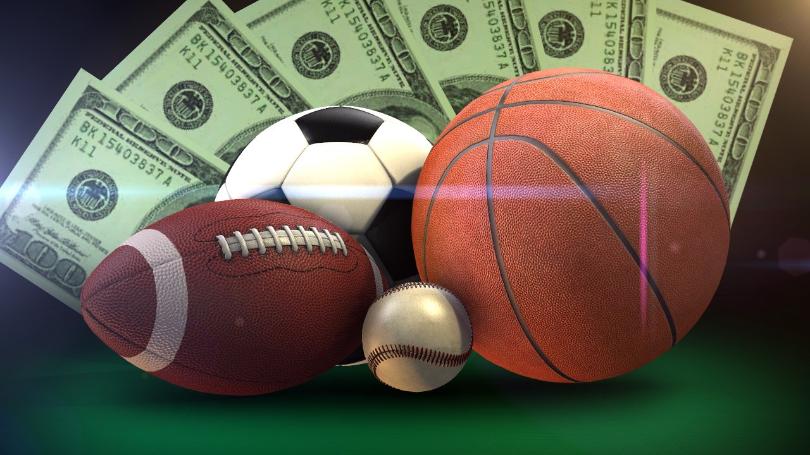The cornerstone of all gambling activities is the Casino Slots betting odds. Understanding odds is essential for making informed choices, whether you’re betting on casino games, sports, or other events. This guide will explore the different types and methods of calculating betting odds as well as strategies for successful betting.

Betting Odds Types
The odds of an event occurring and their potential payout can be expressed in a variety of formats.
Decimal Odds
In Europe, Canada and Australia, decimal odds are widely used. These odds are simple and easy to read, as they represent the amount of money that one could win per unit bet.
If the odds were 2.50, for example, then a bet of $10 would return $25 (10 x 2.5) including the initial stake.
Fractional Odds
In the UK and Ireland, fractional odds have been a tradition for many years. These odds are expressed as fractions such as 5/1, 3/2 or 2/3, which indicate the relative profit to the stake.
If the odds are 5/1, a $10 wager would result in a profit of $50 plus the original $10 stake returned, bringing the total to $60.
Moneyline Odds
In the United States, moneyline odds are also called American odds. These odds can either be positive or negative. They reflect how much money you have to wager to win $100, or how much will you win with a $100 bet.
If you see +200 odds, that means a $100 wager would result in $200. If you see -150 odds, it means you have to bet $150 for $100.
How to calculate betting odds
Calculating the potential return from betting odds is a simple math problem, but it varies slightly based on the format of the odds.
Calculating decimal odds
The formula for calculating potential returns using decimal odds is: Payout=StakexDecimal Odds\textPayout = \textStake \times \textDecimal OddsPayout=StakexDecimal Odds
For example, with a $20 stake at 1.75 odds: Payout=20×1.75=35\textPayout = 20 \times 1.75 = 35Payout=20×1.75=35
Calculate Fractional Odds
For fractional odds, the formula is: Payout=Stakex(NumeratorDenominator)+Stake\textPayout = \textStake \times \left( \frac\textNumerator\textDenominator \right) + \textStakePayout=Stakex(DenominatorNumerator)+Stake
For example, with a $20 stake at 4/1 odds: Payout=20x(41)+20=100\textPayout = 20 \times \left( \frac41 \right) + 20 = 100Payout=20x(14)+20=100
Calculating moneyline odds
The calculation of moneyline odds is different for positive and negative values.
For positive odds: Payout=Stake+(StakexMoneyline Odds100)\textPayout = \textStake + \left( \frac\textStake \times \textMoneyline Odds100 \right)Payout=Stake+(100StakexMoneyline Odds)
For negative odds: Payout=Stake+(Stakex100Moneyline Odds)\textPayout = \textStake + \left( \frac\textStake \times 100\textMoneyline Odds \right)Payout=Stake+(Moneyline OddsStakex100)
For example, with a $20 stake at +150 odds: Payout=20+(20×150100)=50\textPayout = 20 + \left( \frac20 \times 150100 \right) = 50Payout=20+(10020×150)=50
With a $20 stake at -150 odds: Payout=20+(20×100150)=33.33\textPayout = 20 + \left( \frac20 \times 100150 \right) = 33.33Payout=20+(15020×100)=33.33
Understanding Betting Odds
It is important to understand how to interpret odds when placing bets. The odds do not only reflect potential returns, but also the implied probability that an event will occur.
Implied Probability
The implied probability converts the odds into a percentage that represents the probability of a result. This can be calculated with all formats of odds.
Decimal Odds
Implied Probability=(1Decimal Odds)x100\textImplied Probability = \left( \frac1\textDecimal Odds \right) \times 100Implied Probability=(Decimal Odds1)x100
For example, for 1.75 odds: Implied Probability=(11.75)x100=57.14%\textImplied Probability = \left( \frac11.75 \right) \times 100 = 57.14\%Implied Probability=(1.751)x100=57.14%
Fractional Odds
Implied Probability=(DenominatorNumerator+Denominator)x100\textImplied Probability = \left( \frac\textDenominator\textNumerator + \textDenominator \right) \times 100Implied Probability=(Numerator+DenominatorDenominator)x100
For example, for 4/1 odds: Implied Probability=(14+1)x100=20%\textImplied Probability = \left( \frac14 + 1 \right) \times 100 = 20\%Implied Probability=(4+11)x100=20%
You Can Bet On Moneyline Odds
For positive odds: Implied Probability=(100Moneyline Odds+100)x100\textImplied Probability = \left( \frac100\textMoneyline Odds + 100 \right) \times 100Implied Probability=(Moneyline Odds+100100)x100
For negative odds:
Implied Probability=(|Moneyline Odds||Moneyline Odds|+100)x100\textImplied Probability = \left( \frac \textMoneyline Odds \right \textMoneyline Odds \right \right) \times 100Implied Probability=(|Moneyline Odds|+100|Moneyline Odds|)x100
For example, for +150 odds:
Implied Probability=(100150+100)x100=40%\textImplied Probability = \left( \frac100150 + 100 \right) \times 100 = 40\%Implied Probability=(150+100100)x100=40%
For -150 odds:
Implied Probability=(150150+100)x100=60%\textImplied Probability = \left( \frac150150 + 100 \right) \times 100 = 60\%Implied Probability=(150+100150)x100=60%
How to Maximize Betting Odds
For maximum success, it is important to develop strategies that are based on a thorough understanding of odds.
Value Betting
In value betting, you look for odds that are higher then the probability of an event happening. It requires extensive research and an in-depth understanding of the event or sport.
Arbitrage Betting
Arbitrage betting or “arbing” takes advantage of different odds between bookmakers. Bettors can make a profit by placing bets with multiple bookmakers on every possible outcome.
Hedging Bets
Hedging is the act of placing additional bets in order to minimize potential losses or ensure a profit. This strategy can be used when the circumstances of a wager change, for example, if there are injuries in a sporting event.
Conclusion
Anyone who is serious about betting must master the art of betting odds. Understanding the different types odds, calculating possible returns, interpreting implicit probabilities, and using strategic betting methods can help bettors increase their chances of winning and make better decisions. Always bet responsibly, and understand the risks.